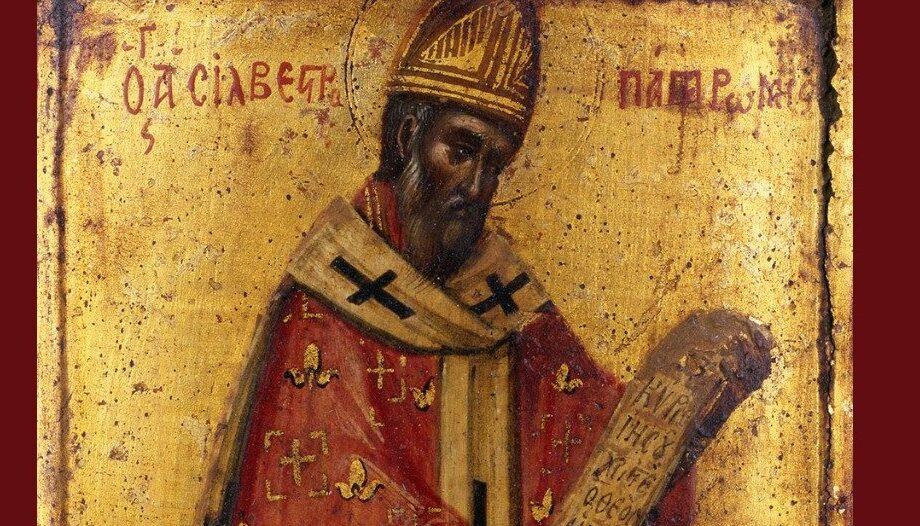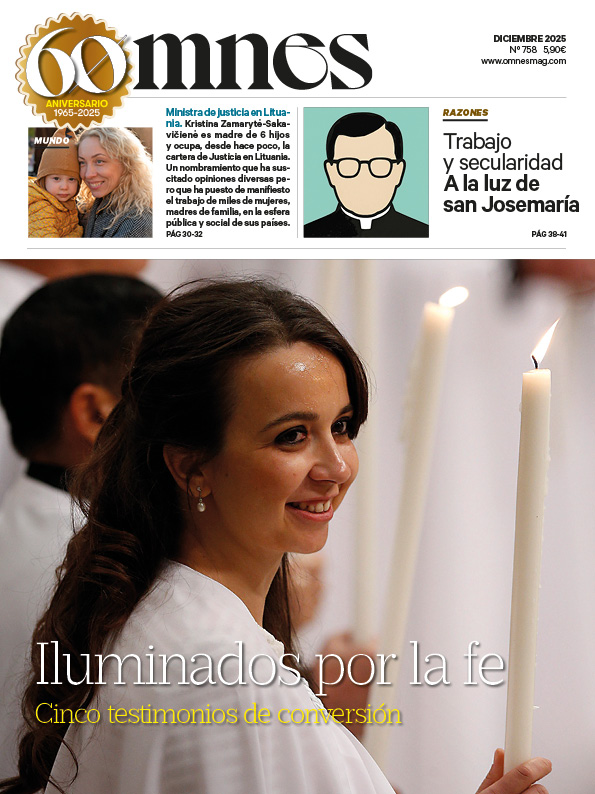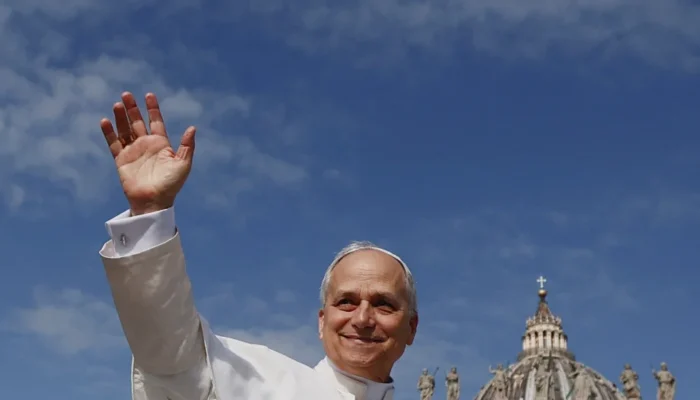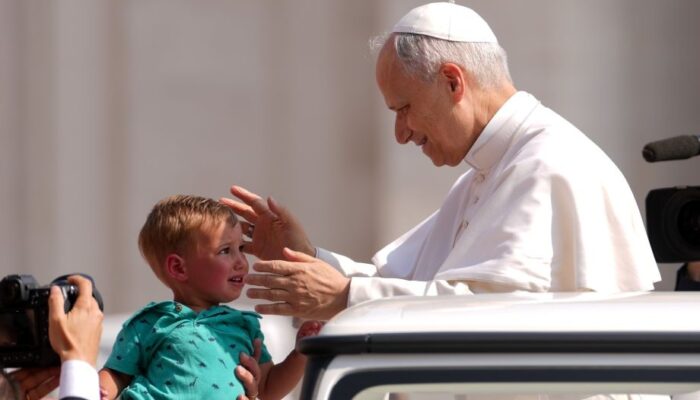In 313, during the papacy of the African Melchiades, the emperors Constantine (West) and Licinius (East) granted freedom of worship and tolerance to Christians with what was called the Edict of Milan. The following year, Sylvester, a Roman priest, was elected pope, leading the time of pagan Rome to the Christian Romeand assisted in the construction of the great Constantinian basilicas.
Pope Sylvester coincided for many years with Emperor Constantine, whose edict marked the emergence of the concept of religious freedom, it has been stressed. The Wild Potato suggested to Constantine the foundation of St. Peter's Basilica on the Vatican hill, on the tomb of the apostle. Thanks to this collaboration between Constantine and Pope Sylvester, the Basilica of the Holy Cross in Jerusalem and the Basilica of St. Paul Outside the Walls also came into being.
San Silvestre contributed to the development of the liturgy, and changed the names of the days of the week that recall pagan divinities, leaving only Saturday and Sunday, and calling the other days "fairs". It is possible that during his papacy the first Roman martyrology was written. His body was buried in Rome, in the cemetery of Priscilla (335).








